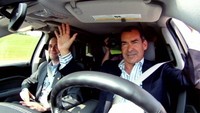
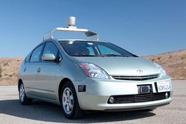
The fruits of the collective labor of this community are extraordinary. For example, in 2011-12, Google demonstrated autonomous ground-based mobility in an urban environment. By August 2012, the Google Driverless Car had logged more than 300,000 miles in the state of California. Sebastian Thrun, the lead developer of the car described the broader impacts of this technology as follows, ``We can reduce traffic accidents by 90%. We can reduce wasted commute time and energy by 90%. We can reduce the number of cars by 90%". Recently, Newman and others at Oxford University have demonstrated a driverless car with similar capabilities. Several states in the United States have already passed legislation that allow driving licenses being issued to driverless cars.
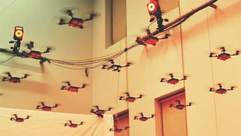
| | Just like my colleagues in the exciting field of robotics, I have my eyes set on the future. Standing on the shoulders of giants in this field, I diligently work on designing algorithms that will allow several driverless cars navigate autonomously in urban environments. |
These and many other developments are harbingers of a future where multiple autonomous vehicles will become an all pervasive concept with applications that improve our standard of living and lifestyles. Such vehicles will lead to a reduction in the number of accidents and commute times and improved fuel efficiency. These, in turn, will drive down the cost of public transportation, logistics, and supply chain management, thereby allowing transportation of personnel and goods to previously unreachable locations in record times.
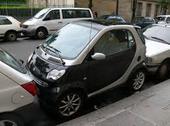
The biggest challenges, however, will be the commercial viability of such vehicles and adoption by the general public. Specifically, we need to address issues of energy efficiency and safety. Efficiency requirements dictate that these vehicles use as little fuel as possible, to travel as far as possible, as quickly as possible. Safety requirements dictate that these vehicles be capable of avoiding obstacles and not collide with each other.
Despite all these challenges, the current propensity of innovation in this space points to a future that is indeed bright...and driverless!
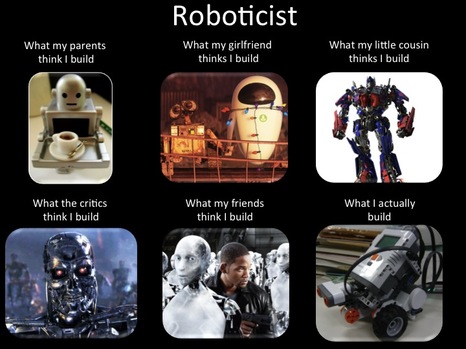
 RSS Feed
RSS Feed